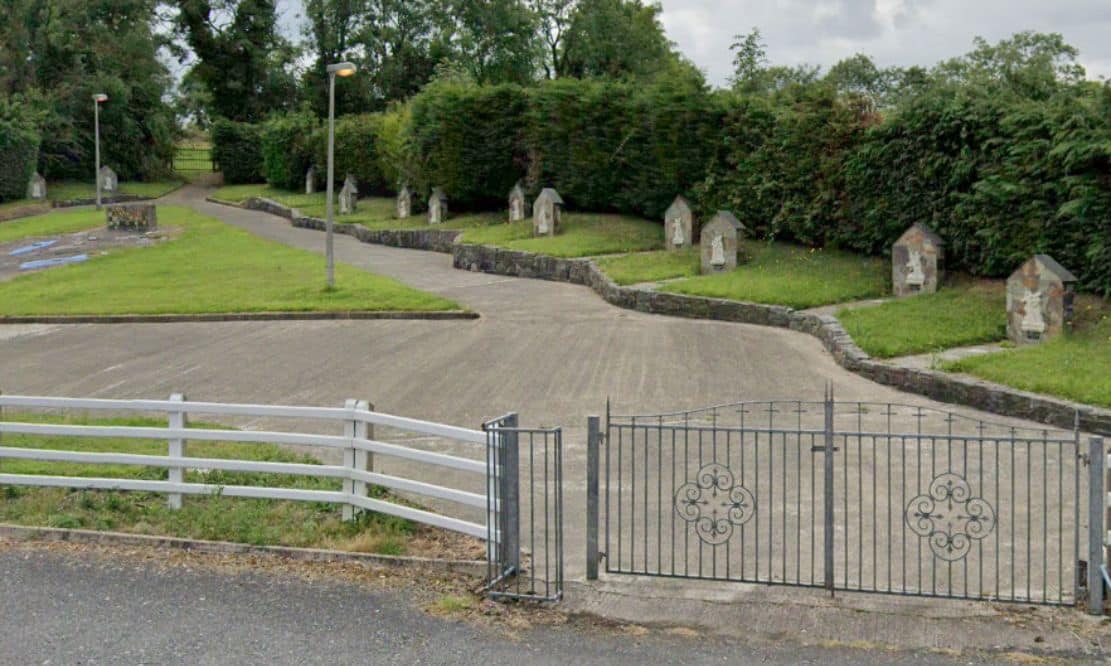
Those doom-scrolling on social media may often see public pleas for “charms” and “cures” from others desperate to tackle all manner of malaise or misfortune.
It’s a commonly held, country-wide belief that those in-the-know can banish stubborn warts, alleviate oppressive migraines, fix debilitating back pain and even find lost things!
In County Armagh cures and charms are particularly prevalent and belief in their mystical power crosses both sides of the community.
But as anyone who has ever received a cure will know… you have to believe for it to work.
Typically the terms “cure” and “charm” are used interchangeably to mean the same thing. However, in writing about the topic previously, local Poyntzpass historian, Frank Watters explains that – “strictly speaking” – there is a slight difference.
Technically, cures would refer to any substance applied to an ailment or one taken orally to receive the desired effect, whereas charms tend to be more ritualistic, where no substance is ingested or applied, Frank explains. He notes the two are often performed together.
Those of a certain generation may remember being told to rub a potato on a wart, or even more outlandishly… have someone “buy it off you” with a penny or two (or maybe a pound today, with inflation!) which illustrates the fine differences between a cure (the potato) and the charm (the buying).
It’s thought that the concepts originated long before modern medicine, when people were simply poorer and had no choice but to conjure up their own concoctions using every day affordable items, or the means they had available.
Today, the internet is full of various “alternative” means of ridding oneself of discomfort without the typical interventions of Western medicine, and we often turn to those more alternative means when the latter fails to produce the desired outcome… keeping those with cures and charms as busy as ever.
According to Frank’s essay, a number of people are also thought to possess “special powers”; these include: “Women who have retained the same surname after marriage; a child born after his / her father’s death; widows; Blacksmiths; Godparents; a child born in a cowl; the seventh son, or the seventh son of a seventh son; members of certain families, ie McElroys; people who have had a cure handed down or given to them and Royalty”.
One of the most famous Armachian curers, was Sister Nora Smyth who – among her many other notable achievements – was well-known for her publication on traditional cures, ‘Going for the Cure’.
After receiving funding from the ABC Millennium Awards Scheme, Sister Nora spent years researching traditional cures in Ireland and eventually bound her findings together, and released it to general sale in 2002.
According to Frank, those in Armagh who had the more severe issue of “bleeding” were often told to go to Attie Cairns… who became somewhat of a local celebrity for his gift.
Attie – like many others – was given the cure for bleeding… but he was not passed it by a relative. Attie had himself needed the cure, and when he went to avail of the mystical fix he was bestowed the secret.
His wife, Mrs Cairns once said: “It worked for both people and animals. People often came who had cattle bleeding after de-horning or calving. People from all over looked the cure – from England, down South and all over Northern Ireland. They would just ring up and ask him for the cure.
“Sometimes he got cards thanking him. The cure didn’t always work. I suppose some people didn’t have the faith.”
According to Frank, Attie then passed the cure onto his son, Adam. And even though she was Attie’s wife and Adam’s mother, Mrs Cairns never knew the charm herself.
And while people are often the source of cures and charms, there is also belief locally in the healing power of St Mochua’s Well in Derrynoose.
According to the dedicated website for the Holy Well, its healing powers are known not just locally… but nationally.
Legend has it that while Mochua was from Mayo he travelled to Armagh in later life “under God’s guidance”, where he came to Derrynoose and an angel spoke to him telling him “God wants you to inhabit this place and build a church”.
He built the church and lived another 30 years until he died in Derrynoose on Christmas Eve, 657.
His life was marked by miracles and, so too, when he passed it was commonly held that the well would be the source of “wonders”.
While charms and cures often hold no great religious symbolism, of the well it is said: “God’s power is at work here and is available to all who come here with Faith.”
There is strict guidance for those who attend the well seeking cures. Firstly, “The Miracle Prayer” should be said “from your heart… actually mean what you say”.
Then, Holy Water from the well should be used to ‘Bless yourself’. Once home, nine days of prayer follow with the Novena of Surrender said inwardly, or aloud, but the words should be intently reflected on and understood.
And finally, the ‘Healing Prayer’ should be said at bedtime, each night, “from now on”.



